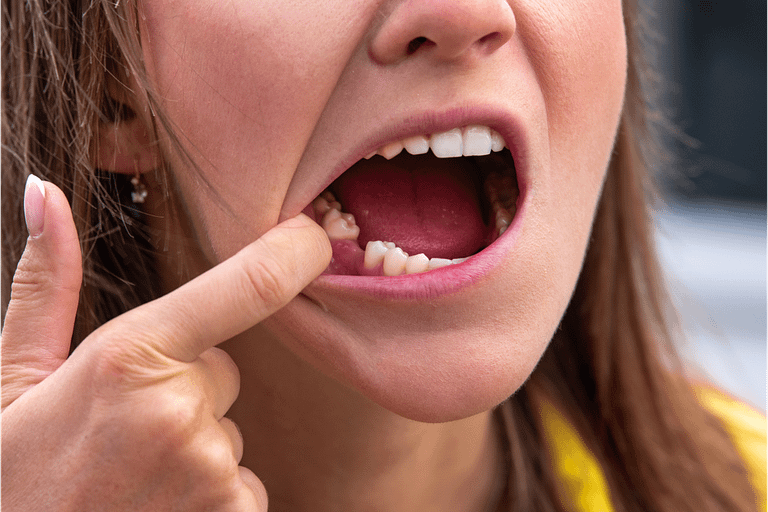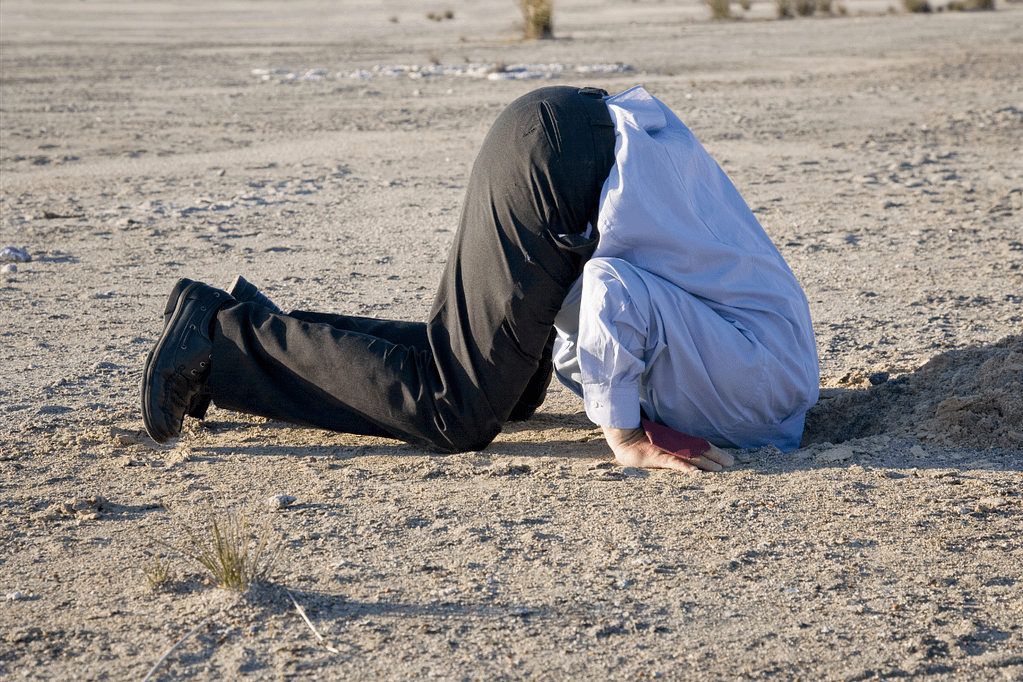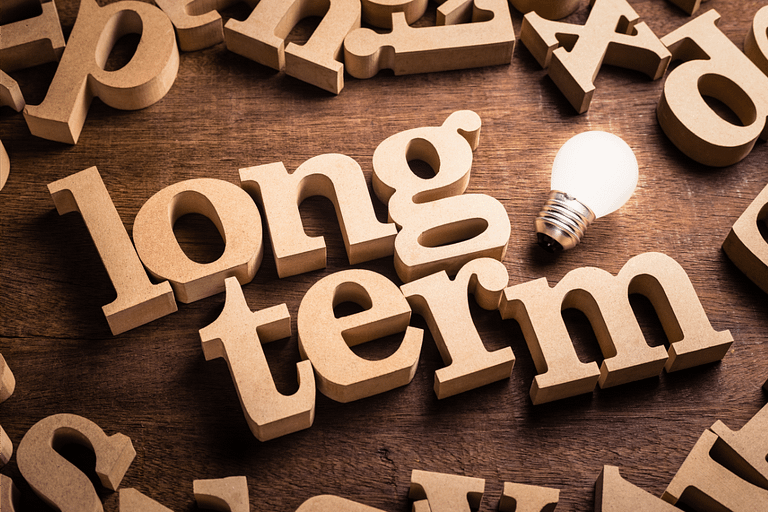It’s easy to think that a missing tooth affects only a smile. In truth, when a tooth is lost, it triggers a whole slew of events that could, if not dealt with, impact overall health. In this post, we’ll delve into what really happens after tooth loss and why it’s a big deal. But before we do, it’s important to understand a little about the mouth.
The science behind our bite
The oral cavity, as clinicians like to call it, is a complex system. Every time we eat or chew, forces are applied to the occlusal (chewing) surface of the tooth, often at differing angles and intensities. Every time this happens, the periodontal ligament (a soft connecting tissue) cushions and distributes loading forces evenly to prevent damage.
So far, so good…
However, when a tooth is missing, it upsets or interferes with the balance, resulting in excess force being placed on one of more remaining teeth and underlying bone tissue. As you can imagine, this isn’t good for teeth.
Although human teeth are strong, they’re only built to withstand a bite force of around 280 N-m (newton-metres) of torque. Therefore when that force is not evenly distributed, it can cause excess wear and tear.
Now you know a little bit about how the mouth works, let’s get back to key events that occur after tooth loss.
Stage #1 Immediately after tooth loss

Bone loss
Did you know that as soon as a tooth is lost, it triggers a process known as bone resorption? This is the act of losing essential jawbone caused by the reabsorption of minerals.
Here’s how it occurs:
When a tooth is in place, it’s supported by a tooth root. The root itself is surrounded by bone tissue. Every time we chew, the act of mastication (chewing) stimulates the bone tissue which is the body’s way of saying that ‘everything’s okay’.
When we lose a tooth, the dynamic changes because the bone tissue is no longer stimulated. This triggers the brain into sending over bone remodelling cells known as osteoclasts which start to break down the tissue at the missing tooth site.
As the osteoclasts break down the bone tissue, minerals like calcium are extracted and reabsorbed back into the bloodstream where they are redistributed elsewhere.
But there’s more…
The act of bone resorption decreases both bone mass and density significantly. In fact, within the first six months after tooth loss, horizontal bone loss diminishes somewhere between 29% and 66%, while vertically, bone can lose between 11%-22%.
In ley terms, that’s enough to change the shape and look of the face considerably.
Aside from bone loss, those with smile gaps also face another type of loss…
A loss of confidence
Because we live in a society where appearance is everything, a smile gap can be a deep source of embarrassment. So much so, that, even a single missing tooth is enough to cause self-confidence issues leading to low self-esteem.
A 2022 cross-sectional study of over 9000 Indian nationals found that those with missing teeth were 2.38 times more likely to have low psychological health because of it.
Essentially, having a smile gap can dramatically change your mental state. There are countless stories of folk who no longer socialise or even leave the house due to fear of embarrassment. That’s how much of an impact just a single missing tooth can have.
But what about the everyday functions we take for granted?
Difficulty chewing
Normally, we chew foods evenly on both sides of the mouth. Each group of teeth has a particular function during the eating and chewing process. When that balance is lost due to a missing tooth, chewing on just one side of the mouth can impact on other teeth causing excess wear and tear.
Also, from a health perspective, proper chewing is essential for adequate digestion as it assists the digestive process by breaking food down into smaller pieces before it hits the stomach.
When food is not chewed sufficiently, the body cannot extract the maximum number of nutrients and in worst-case scenarios, this can lead to malnutrition.
Another interesting fact is that chewing also increases saliva production. Saliva is not only good for teeth but it also helps to aid the digestion process. Improperly chewed food can cause digestive problems such as bloating, constipation and gas.
Problems speaking
When we lose a tooth, especially a frontal one, it can make enunciation difficult, particularly when we try to pronounce letters like ‘D’ and ‘T’ or ‘S’
To pronounce words properly, our lips, tongue and teeth all need to be in correct alignment. When they’re not, this is when pronunciation becomes difficult.
In addition to a missing tooth being visually problematic, trying to speak with tooth loss can be an acute source of embarrassment, leading to self-confidence issues. It may even prevent some people from speaking unless they have to.
Of course, pronunciation problems won’t be an issue for everyone as several factors indicate whether you’ll be able you enunciate correctly or not. These include:
- The number of missing teeth, and
- Their position in the mouth
Those are the things that can happen in the first few weeks and months after tooth loss. But what if you decide to ignore it for longer?
What happens then?
Let’s take a look…
Stage #2 - When tooth loss is ignored in the mid-term

When tooth loss goes on for several months or more, it triggers a whole new bunch of issues starting with…
# Shifting teeth
Teeth are designed to remain in constant contact with the remaining teeth in the arch. This is what keeps them in place. They’re also designed to meet their counterpart in the opposing arch when you bite or chew.
So when gaps occur, the teeth will automatically start drifting towards the space. Moreover, because the corresponding teeth are no longer in direct contact with their counterpart teeth, they too, will start to migrate to try and find contact.
Imagine your teeth as a house of cards, as soon as one is removed or missing, the whole lot can come crashing down.
Granted, this won’t happen overnight, it can take many months or even years to occur, but over time you will notice your smile isn’t as straight as it once was.
# Gum recession
As bone absorption becomes more apparent, it can lead to receding gums on the adjacent teeth. Additionally, when teeth are misaligned, it becomes harder to ensure the proper removal of plaque – a contributing factor in periodontal (gum) disease. This is why people with crooked teeth are more likely to experience gum disease and gum recession.
#3 – Malocclusion
After the teeth have fully shifted, malocclusion develops. This is a term used to describe a misaligned or crooked smile. In many instances, malocclusion does not cause discomfort but in severe cases, it can cause pain when chewing or biting.
Sadly, many patients don’t even know this is occurring until the damage worsens, they feel discomfort, or they accidentally start to bite their inner cheek or tongue.
#Increased dental costs
Unfortunately, along with increased problems comes increased dental costs. When a missing tooth is replaced soon after tooth loss, it’s usually a straightforward procedure. However, when patients visit a dentist to replace a missing tooth after long-term tooth loss it’s likely to be more expensive.
Why?
Because it’s necessary to treat the long-term effects of tooth loss first – namely bone loss, gum recession, and misaligned teeth before a replacement implant tooth can successfully be anchored into the jaw.
To put this into perspective, in one particular survey of 792 patients covering 1512 dental implants, bone grafting was required in 77% of all cases.
As you can see, even in the mid-term, tooth loss problems don’t go away, they increase. So let’s take it one step further and explore the long-term issues associated with tooth loss.
Stage 3 -Long-term tooth loss

After longer periods of tooth loss (6-9 months or more) the consequences of tooth loss can start to migrate from the teeth into other elements, starting with…
#Facial changes
Primarily, the teeth act as support for the face. When multiple teeth are missing it can reduce muscle mass in the face causing once-taut skin to loosen, lips to inwardly curl, the chin to rotate forwards, and the cheeks to appear concave.
Ultimately, long-term tooth loss can make you appear older than your years. But problems of long-term tooth loss don’t just stop at the face…
#TMJD
When the balance in the mouth is affected through long-term tooth loss. It can cause excessive forces or unwanted pressure on the temporomandibular (jaw joint). From this, a group of symptoms can form, collectively known as temporomandibular joint disorders (TMJD) and include:
- Pain or discomfort when chewing
- An aching sensation in front of the ear that can spread to the neck
- Headache, particularly under the temples or eyes or around the lower jaw
- A clicking noise when the jaw is open and even,
- A locked jaw, making it difficult to open or close the mouth.
While there are treatments that can be performed to mask the many symptoms of TMJD like Botox, physical therapy, oral nightguards/splints and medication, the real issue of tooth loss is the one that should be addressed.
# Other health problems
We’ve already discussed how a lack of chewing can cause digestive health problems, but research suggests that there is also a strong connection between periodontal (gum disease) and other, more serious conditions.
Harvard Health, for example, reports that people with periodontal (gum) disease are 2-3 times more likely to develop serious conditions like:
- Heart disease
- Strokes and
- Other vascular-related issues
While the American Academy of Periodontology states that numerous studies have identified a significant link between gum disease and other systemic health problems.
What happens after tooth loss – The key takeaway
Initially, a missing tooth may seem like it’s nothing to worry about, and indeed it isn’t when the problem is addressed quickly. However, when a tooth gap is ignored for any period of time, it can have a snowball of consequences that are likely to amass and develop, the longer you leave it. That’s the bad news…
Luckily, if you act fast, there are several treatment options for a missing tooth including:
- Dental Implants
- Dental bridges, or
- Partial dentures
So, don’t suffer in silence with tooth loss, talk to your local dentist instead. They will walk you through your options including costs and time scales to treat a missing tooth, plus a customised treatment plan to accommodate your needs, budget and requirements.
Remember, with tooth loss, time is of the essence, so don’t leave it too late, otherwise, you’ll be biting off more than you can chew.